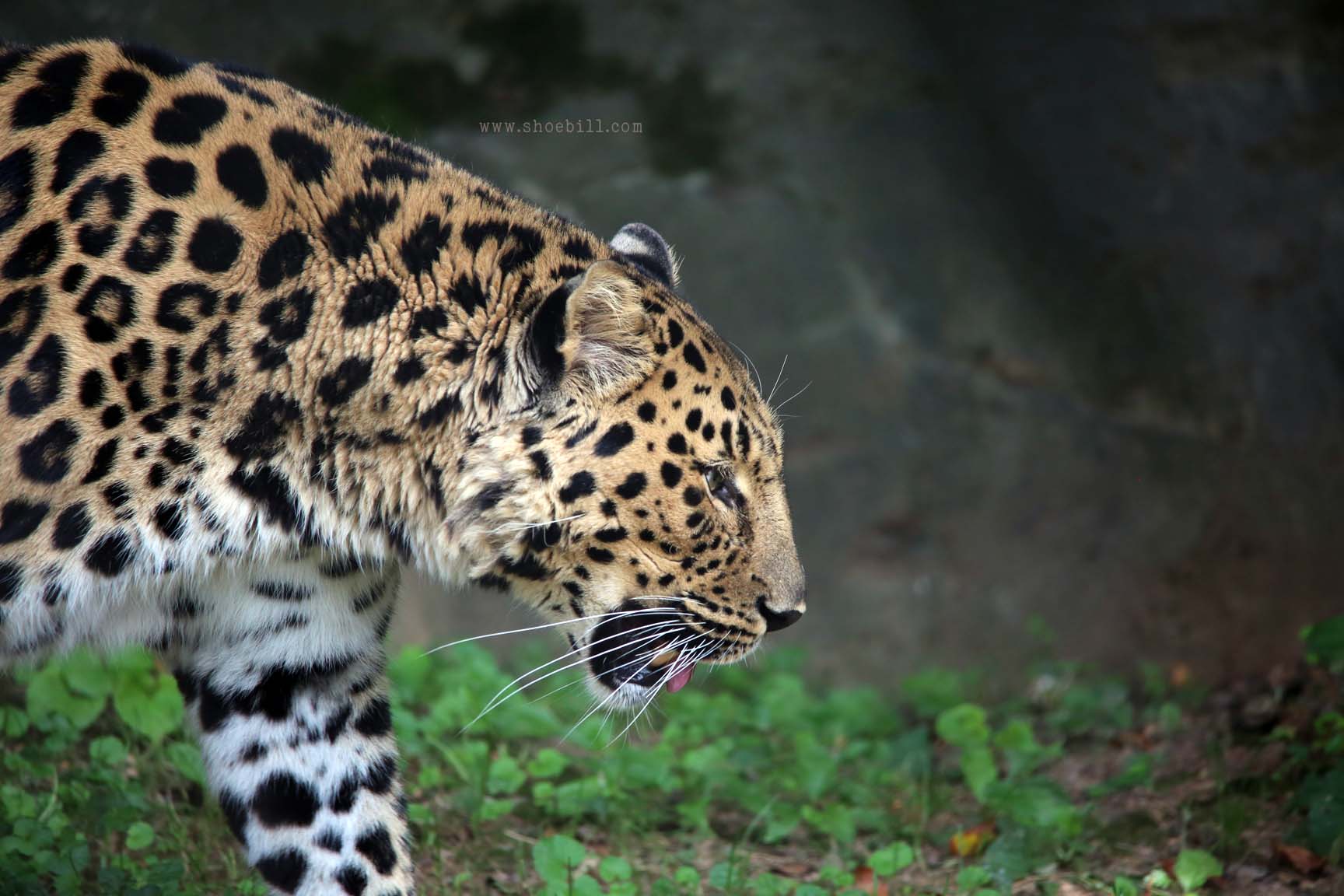Amur leopard
The Amur leopard (scientific name: Panthera pardus orientalis) is a rare and critically endangered subspecies of leopard native to the Russian Far East and northeastern China. Here’s a description of the Amur leopard along with the countries where they are found:
Description: Amur leopards are distinguished by their beautiful, thick fur coat, which is pale cream to golden-yellow with distinctive rosette patterns and spots. Their fur is longer and denser than that of other leopard subspecies, likely an adaptation to the cold climate of their habitat. The rosettes on their coat are larger and more widely spaced than those of other leopards, providing better camouflage in the snowy landscapes they inhabit.
They have a sturdy build with powerful limbs and are adept climbers and swimmers. Their large paws are equipped with retractable claws, which they use for hunting and climbing. Amur leopards have keen senses, including sharp vision and hearing, which help them locate prey and avoid predators.
Amur leopards are solitary animals, with males and females coming together only during the breeding season. They are primarily nocturnal, hunting mainly at night for prey such as deer, wild boar, and smaller mammals.
Countries where they are found:
- Russia: The primary range of the Amur leopard is in the Russian Far East, particularly in the Primorsky Krai region along the border with China and North Korea. This area includes the Sikhote-Alin mountain range and adjacent forests, which provide suitable habitat for the leopards.
- China: Amur leopards are also found in northeastern China, particularly in the Jilin and Heilongjiang provinces bordering Russia. However, their numbers in China are extremely low, and they are considered functionally extinct in the wild in this country.
Amur leopards face numerous threats, including habitat loss, poaching, and conflicts with humans. Their population has declined dramatically in recent decades, and they are considered one of the most endangered big cat species in the world. Efforts are underway to protect and conserve the remaining individuals, including habitat preservation, anti-poaching measures, and captive breeding programs.



